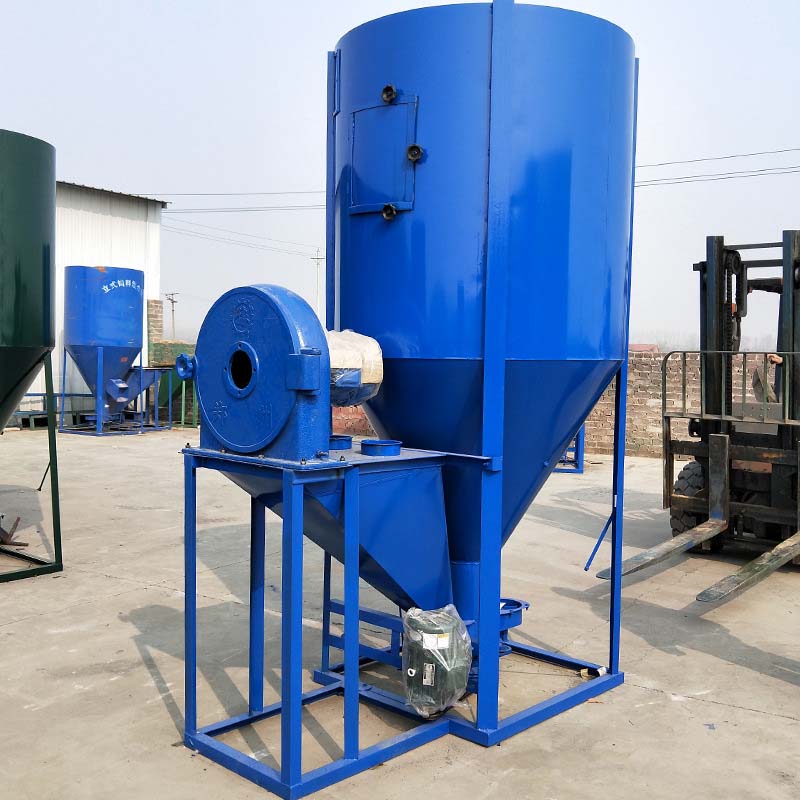poultry scalding tank
12 月 . 12, 2024 11:00 Back to list
poultry scalding tank
The Importance of Scalding Tanks in Poultry Processing
In the poultry processing industry, scalding is a crucial step that significantly affects the quality of the final product. Scalding tanks, the equipment used in this process, play an essential role in the efficient and humane processing of birds, directly impacting both the yield and the marketability of poultry.
Scalding is the process of immersing birds in heated water to loosen feathers, making plucking easier and more effective. The main objective is to ensure that the feathers can be removed without damaging the skin or underlying tissues, an essential factor in achieving high-quality poultry meat. Proper scalding also contributes to the overall hygiene of the products, as it helps to eliminate pathogens that may be present on the skin of the birds.
Types of Scalding Tanks
There are primarily two types of scalding tanks used in the poultry industry batch and continuous scalding systems. Batch scalding involves processing a defined quantity of birds at a time, typically suited for smaller operations. In contrast, continuous scalding systems are designed for larger processing plants, allowing for a steady flow of birds to be processed without interruption.
Batch scalding tanks are often simpler in design and are usually heated using steam or hot water. The water temperature and duration of immersion are critical, as they need to be adjusted based on the species and size of the birds. For instance, chickens are typically scalded at a temperature range of 54 to 60 degrees Celsius (130 to 140 degrees Fahrenheit) for about 30 to 60 seconds.
Continuous scalding tanks, on the other hand, are more complex and can automatically control water temperature and flow rates. These systems often include recirculation features that maintain water quality and temperature throughout the process, ensuring consistent results. Continuous scalding is more efficient for larger poultry operations and often results in lower labor costs and higher throughput.
Operational Considerations
poultry scalding tank

For optimal results, operators must adhere to strict protocols governing the scalding process. Factors such as water temperature, time of exposure, and the condition of the birds must be carefully monitored to prevent issues like the scalding of skin or bleeding, which can compromise meat quality. An inadequate scald may lead to poor feather removal, while excessive heat can damage the skin and flesh, resulting in economic losses and potential consumer dissatisfaction.
Moreover, the design and maintenance of scalding tanks are essential for efficient operation. Tanks must be constructed from materials that resist corrosion and high temperatures, such as stainless steel, ensuring longevity and hygiene. Regular cleaning and maintenance are also necessary to prevent bacterial contamination, thus safeguarding product quality.
Environmental and Economic Implications
The incorporation of modern technologies in scalding tank design can enhance efficiency and reduce environmental impact. Advanced systems that utilize water recycling and energy-efficient heating methods are increasingly popular in the industry. By minimizing water usage and energy consumption, poultry processors are not only reducing operational costs but also addressing environmental concerns related to water scarcity and energy consumption.
Additionally, well-managed scalding processes can lead to higher product yields, ultimately benefiting the bottom line for poultry producers. The ability to consistently produce high-quality poultry products can also enhance the brand reputation of processors, leading to strong customer loyalty and increased market share.
Conclusion
Scalding tanks are a vital component of poultry processing, influencing both the quality of the meat and the overall efficiency of the operation. As the industry continues to evolve, investing in advanced scalding technologies and adhering to best practices will be key to meeting consumer demands for high-quality poultry products while also addressing economic and environmental challenges. In this way, scalding tanks not only contribute to production efficiency but play a significant role in the sustainability of poultry processing as a whole.
-
school
NewsJul.10,2025
-
Vacuum Packing Machine - Efficient & Reliable Vacuum Packaging Solutions for Food & Industrial Use
NewsJun.10,2025
-
High-Quality European Rabbit Cage Durable Welded Rabbit Cage Wire Mesh Supplier
NewsJun.10,2025
-
High-Efficiency Air Inlet Window for Optimal Poultry Ventilation & Cooling
NewsMay.30,2025
-
High-Efficiency Evaporative Cooling Pads Durable & Energy-Saving
NewsMay.30,2025
-
Automatic Egg Collecting Machine High-Efficiency Poultry Farm Solutions
NewsMay.29,2025






